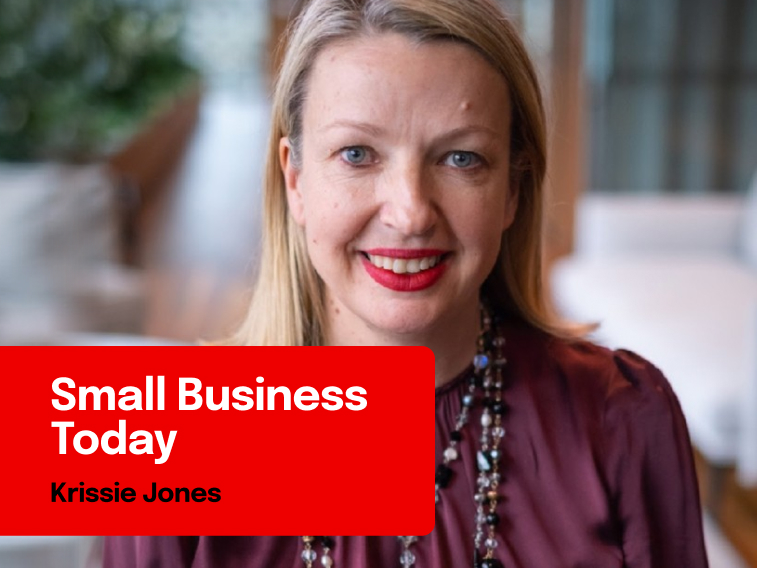Firmer consumer and steady outlook


Insight
Most SME owners are looking to invest to grow over the next 12 months. How are they going about it and, more importantly, why should you? NAB’s new Executive of Business Direct and Small Business, Krissie Jones, explains the benefits.

It was wonderful to see so many small business customers turning their minds to growth when I travelled around Australia in recent months. Everywhere we went – from Queensland to Tasmania to Western Australia – there were signs of investment and innovation, with a strong focus on the future.
I was also heartened to read NAB’s report, which found that 6 in 10 small and medium businesses intended to invest to grow over the next 12 months.
It all points to a more optimistic outlook – even if some sectors and states continue to face challenges. Moreover, it’s a timely reminder of just how important a focus on investment and growth is, whether that’s now or in the longer term.
In fact, creative thinking is at the heart of high-growth small businesses, according to a recent CPA Australia report. It found these high achievers were significantly more innovative when it came to introducing new products, services or processes. It also found they were much more focused on improving customer satisfaction, business strategy and business management.
That’s not surprising.
Among the successful businesses I’ve met with over these past two months, the level of innovation was extraordinary – including the extent to which they would analyse their business processes, take stock of their advantages and seek out adjacent spaces to move into.
There was, for instance, the manufacturer in Victoria that’s invested in a new, one-of-a-kind arancini-making machine. It will allow the business to produce 2,500 arancini per hour, up from 700, future-proofing its operations and setting itself up for growth.
Such businesses are highly in tune with what’s happening within their operations, know who their competitors are and anticipate what their customers are thinking about next.
This focus on innovation is why our Business Insights report makes for particularly good news.
It found around 4 in 10 SMEs planned to invest in new products or services while 1 in 3 intended to invest in new systems and technology – another common characteristic of high-growth companies, according to CPA Australia. Top of the list was hiring, training and retaining of staff – 59 per cent of all SMEs planned to invest here.
This last priority has perhaps never been more important than in the current environment. While unemployment has increased slightly, we continue to face a tight labour market and great staff remain key. We all know how difficult it is for a business when they lose a particularly talented employee. And how challenging it is to find an excellent replacement – to train them to a similar level.
That’s one reason we’re seeing many of our high-growth customers really thinking about the wellbeing of their employees. They are focusing on how they train them and they’re ensuring their remuneration reflects the value they offer the business.
As we saw through COVID, great people can make all the difference to the success of a business.
It is of course understandable that some businesses instinctively cut costs when faced with challenging times. Certainly, some of these investments for growth can come with a steep price tag.
But investing in your processes can be about making sure your business is running as efficiently as possible – adjusting your resources without necessarily spending thousands of dollars.
On the road, we visited a Tasmanian cafe that is determining which days see the highest trade and which lines move the fastest. This will enable them to invest more people where it counts. It’s also been the impetus behind their move to bring their coffee production in-house, allowing them to differentiate themselves from their competitors.
These tactics make good financial sense – however your business is faring. Essentially, it’s a matter of taking stock of your advantages compared to your competitors and deciding where you can win and what you can optimise for now – and for the future.
That can take the heat off your costs. But it also means you’re in an optimal position to improve your margins and pursue any opportunity that does eventually come along.
© National Australia Bank Limited. ABN 12 004 044 937 AFSL and Australian Credit Licence 230686.